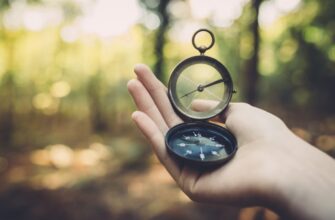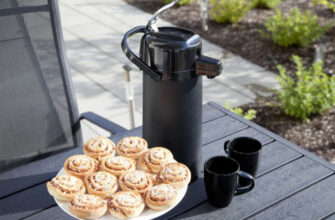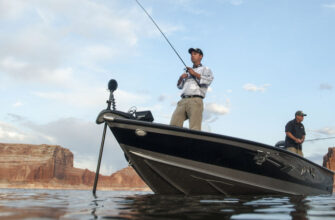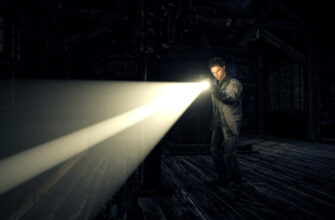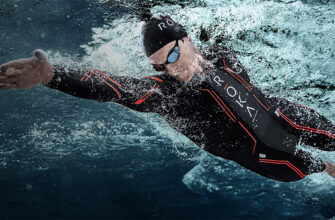Very often, when performing a certain kind of operations and observing specific objects located at a considerable distance from the viewer, human vision is not enough to consider a detailed picture. In such cases, it is best to resort to using binoculars – a special device designed to repeatedly approach an object and observe it. Binoculars are widely used in everyday life, almost no fishing or hunting trip can do without them, they are taken with them to the theater and to various sporting events that involve a significant distance between the viewer and the object of observation. And the pleasure of contemplating this or that event and the end result of hunting or fishing depends on how accurate, high-quality and correctly selected for certain conditions the binoculars are.

- The best manufacturers. Which binoculars should you choose?
- The principle of operation and types of binoculars
- Amateur or household binoculars
- disadvantages
- Professional binoculars
- disadvantages
- Selection options. What to look for when buying binoculars?
- Objective diameter
- Approaching ability
- Prism type and design
- Linear and angular vision characteristics
- Enlightenment characteristic
- Exit pupil characteristics
- What are the best binoculars?
- Choosing high magnification binoculars
- Choosing binoculars for fishing
- How to choose binoculars for observation
- Video on choosing binoculars
The best manufacturers. Which binoculars should you choose?
Despite the fact that there are a huge number of different binoculars on sale at the moment, not all of them are suitable for fulfilling the tasks assigned to them. First of all, when choosing binoculars, you need to decide for what purpose it is purchased, then decide on the class of the device and study the reviews of people who managed to test this or that model in action. Binoculars are a complex optical device that requires the manufacturer to fully comply with the manufacturing algorithm and maximum assembly quality, and therefore not everyone can produce a high-quality model. Products of the following brands enjoy well-deserved respect:
-
Zeiss
-
Pentax
-
Olimpus
-
Nikon
-
Canon
As you can see, almost all of the above brands are serious manufacturers of optical equipment, as well as photographic and video equipment.
The principle of operation and types of binoculars
Modern binoculars are compact optical devices, the main purpose of which is to bring the object of observation closer to the possibility of its detailed examination. The functionality of such devices is provided by a series of lenses of different convexity and an optical prism that refracts the light flux and narrows it down to a narrow beam, which is perceived by the retina as a full-fledged image.
Modern models of binoculars on sale can be divided into several conventional categories.
Amateur or household binoculars

Compact devices that do not differ in superpowers and are perfect for observing nature, going to the theater or to various sports competitions. The approach of such devices is limited to 2-4 krats, and the diameter of the lens installed in such a device does not exceed 23-25 millimeters.
Advantages
-
Miniature sizes;
-
Wide variety of designs and form factors;
-
Provide decent image quality for peripheral observation;
-
Low cost;
-
Low weight;
disadvantages
-
Not suitable for use in dimly lit areas;
-
Very often plastic lenses are installed, which quickly fail;
Professional binoculars
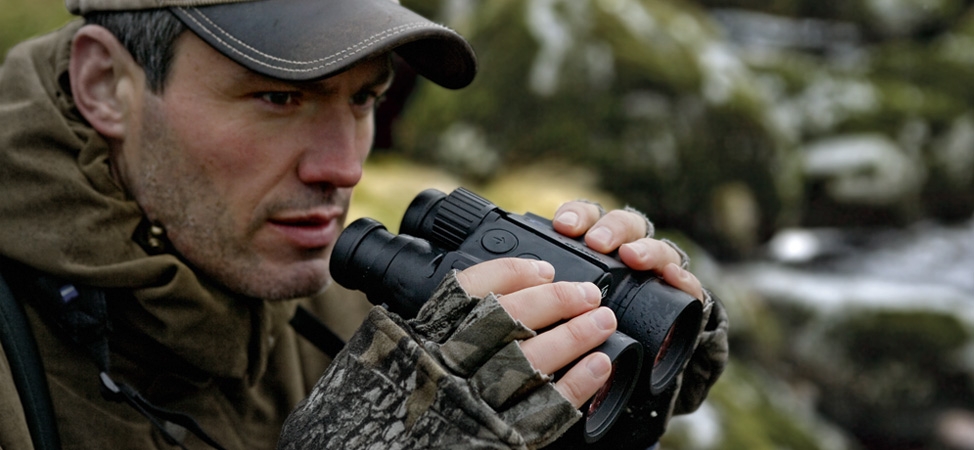
Devices whose purpose is strictly limited by their specifics. Binoculars are distinguished for hunting and fishing, for sea navigation and rescue operations, military and civilian models. Each device has its own magnification, aperture, and lens characteristics, and engineers are designed with the operating conditions and abnormal situations in mind when working with them.
Advantages
-
Highest quality workmanship;
-
The interior space is almost always filled with a special gas;
-
Wide adjustment range for sharpness, focal length and eye lenses;
-
Exceptionally proven branded optics;
-
Ideal for performing tasks of a certain circle;
disadvantages
-
Large weight and dimensions;
-
With prolonged use of the device, eyes often get tired;
-
Very specific functionality suitable for solving only a certain range of tasks;
-
High price;
Selection options. What to look for when buying binoculars?
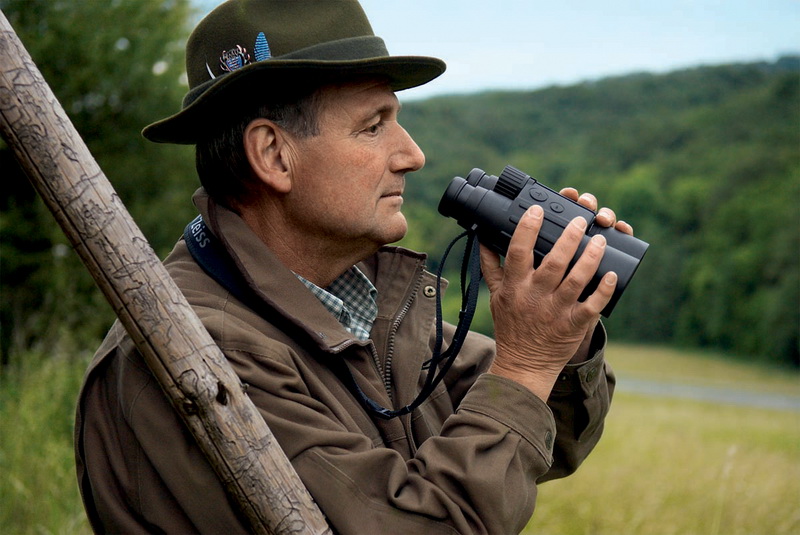
Objective diameter
This parameter is measured at the far end of the binoculars and the functionality of this or that device depends on it. The lenses of the vast majority of devices on the market fluctuate between 30 and 120 millimeters, and the higher this value is, the better, clearer and more detailed picture the user will receive. In addition, the large lens provides better light transmission and is therefore better suited for use in the dark.
-
Compact models with a lens diameter of up to 30-50 millimeters are an excellent solution for everyday use, watching theatrical performances and sports competitions;
-
Models with lenses equipped with lenses with a diameter of 30-60 millimeters are perfect for tourism, hunting and fishing;
-
The most powerful and advanced devices with 80-120 mm lens are professional and suitable for complex tasks, stargazing and other highly specialized tasks.
Approaching ability
A parameter that directly affects the approach of the object of observation and the possibility of operating the device under certain conditions. Such a parameter has the following regularity: the higher the degree of approximation of a particular device, the narrower the angle of coverage of a particular device. It is these two numbers that are displayed in the characteristics of any binoculars: for example, the inscription 7×50 means that the binoculars have a sevenfold zoom and at maximum zoom, the viewing angle is 50 degrees.
-
Devices with a small approximation, of the order of 4-8x, provide a wide angle of coverage and are suitable for the vast majority of everyday situations;
-
Models with an approximation of 10-15x are great for hunting and fishing;
-
Devices with an approximation of 20x or more are excellent for observing objects from a long distance. They are preferred by those who like to watch the stars;
Prism type and design
The prism is a key element in the design of any binocular, on which the clarity and clarity of the displayed image depends, as well as the ability to operate the device in difficult conditions. Lenses currently installed in most binoculars fall into two general categories:
-
Porro lenses are installed in most models of the budget and mid-price range. They have a multilevel broken structure and provide a refraction of sunlight at an angle of about 45 degrees, which gives a wide picture. However, they cannot provide a strong zoom;
-
Roof lenses feature a high degree of magnification. They have a rather compact size and a narrow, elongated shape that allows them to fit into a small binocular body. Models with such lenses cost 1.5-2 times more than binoculars with Porro lenses.
Linear and angular vision characteristics
Parameters that display the angle and distance of the dimensions of a clear and high-contrast image in the horizontal range from the observed object, as well as above it. As a rule, angular vision has a range of coverage from 5 to 7 degrees horizontally, which means that the further from the observer the object is located, the wider the area of observation will be. Linear vision is calculated in a slightly different way – it is measured in meters and displays the visibility in height for each kilometer of detuning. Linear vision almost always ranges from 40 to 120 meters.
Enlightenment characteristic
Indicates the amount of light that remains available to the human eye after the light beam passes through the lens and is refracted by the prism. Typical parameters are at the level of 30 to 50%, and only in the most expensive devices equipped with a combined lens system, it does not exceed 10-12%
Exit pupil characteristics
In this situation, its diameter is meant, it is on it that the amount of light that falls on the retina of the eye depends on it after processing the flow with a lens and a prism. Almost always installed lenses vary in the range from 2 to 5 millimeters, and the larger its area, the clearer and richer the resulting picture will be, regardless of the degree of illumination.
In addition to all of the above, one should not forget about such characteristics as the weight and dimensions of the device. Not everyone likes to wear multi-kilogram binoculars for several hours in a row, and therefore this parameter should not be overlooked.
What are the best binoculars?
It should not be forgotten that universal models of binoculars do not exist in nature, and this or that model will become the best only for certain conditions of its use.
Choosing high magnification binoculars
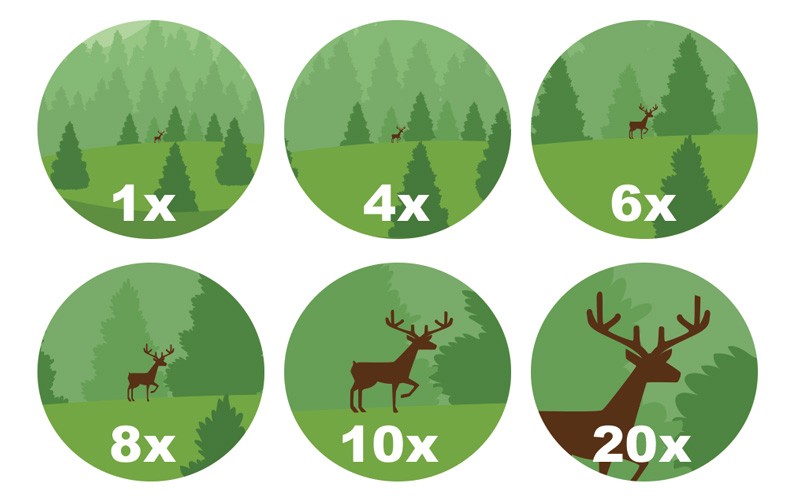
Devices of this class are not suitable for everyone; their functionality is necessary for those who prefer to watch animals and birds, as well as those who like to watch the stars. The best devices of this class are equipped with lenses from Zeiss or Nikon and have an approximation of 20x or more. The exit diameter of the lens must be at least 80-90 millimeters, in which case the user will receive a truly detailed image in any conditions. The installed lens is almost always of the Roof type, and the exit pupil diameter is 4-5 millimeters.
Choosing binoculars for fishing
For those who are fond of hunting or fishing, there is no need for maximum magnification. A model with 12-15 times magnification and optics with a diameter of about 55-70 millimeters is quite enough. The lens design is preferred by Porro, and the exit pupil diameter should be the same 4-5 millimeters.
How to choose binoculars for observation
Devices of this class are almost always peripheral, which certainly means a small magnification factor, a wide viewing angle and a large output diameter of the lens, which allows a large amount of light to pass through and makes the picture clear and contrasting. The lens type is almost always Porro, and the degree of approach of the optics is no more than 4-8 times.
In the following articles, our experts will tell you how to choose a compass and the secrets of choosing a tourist lantern.
Video on choosing binoculars
Attention! This material is the subjective opinion of the authors of the project and is not a purchase guide.



